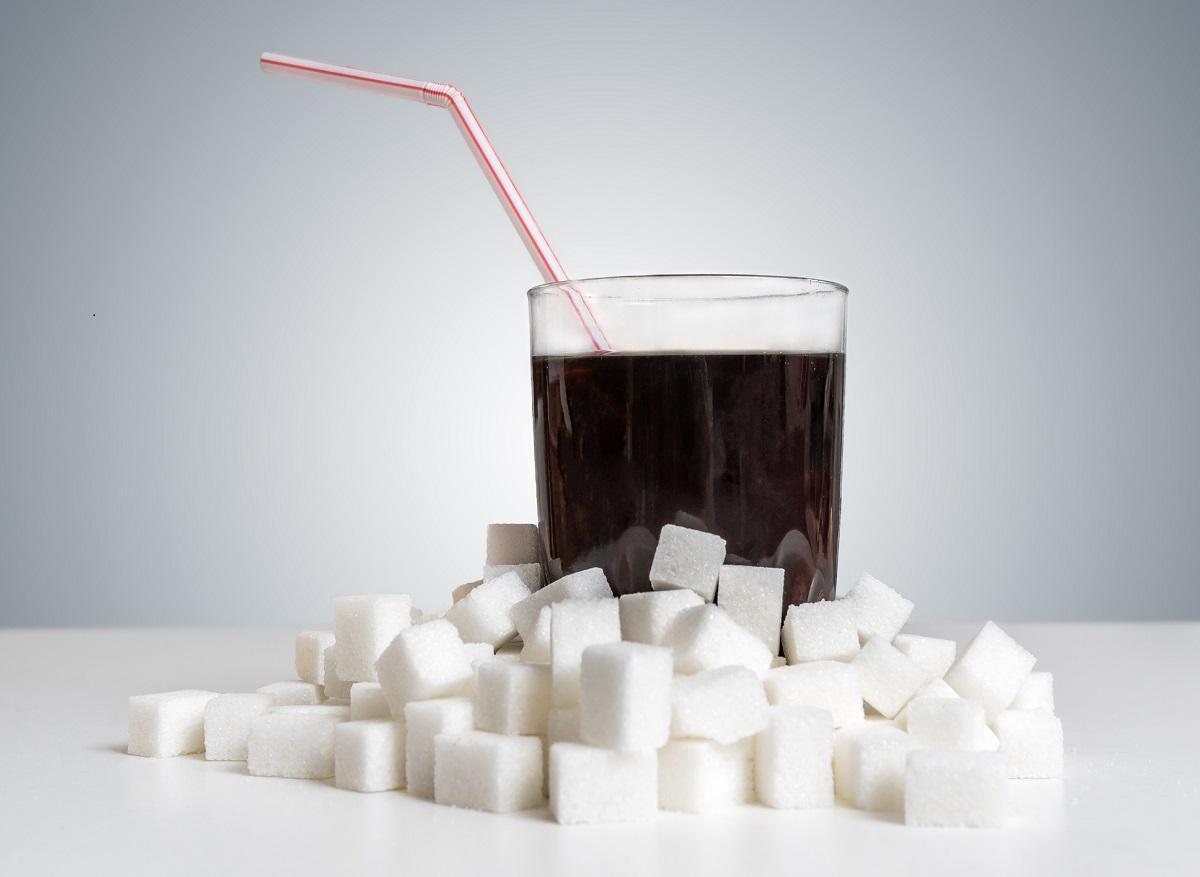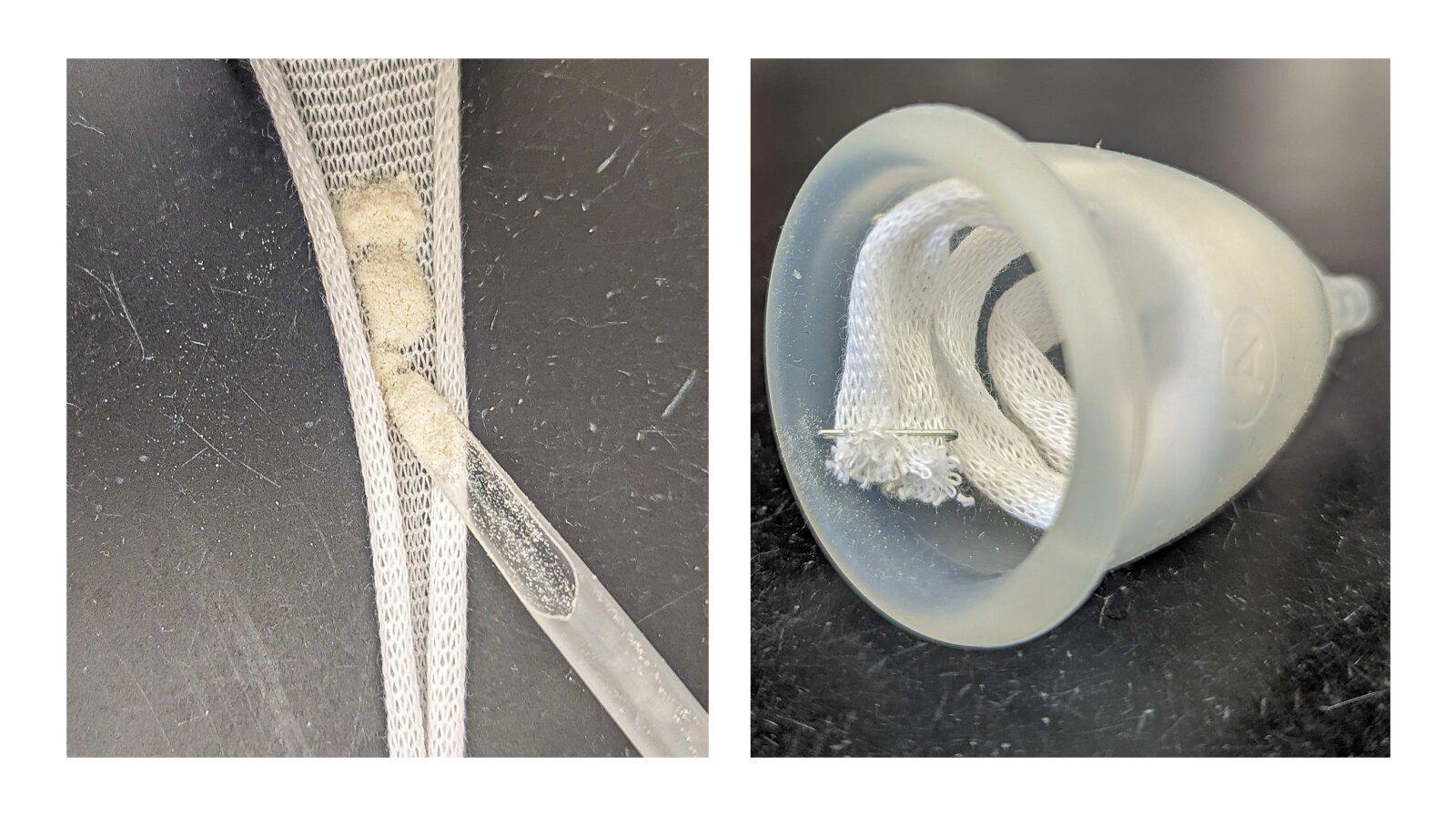A recent study establishes a link between the severity of dysmenorrhea and soda consumption.

- Primary dysmenorrhea, namely menstrual pain, appears at the first period in adolescents and is most often not serious.
- The probability of suffering from it is 24% higher among consumers of soft drinks.
- On the other hand, coffee drinkers are less likely to have moderate to severe primary dysmenorrhea.
Fatigue, migraine, diarrhea, cramps, spasms in the lower abdomen… These pains felt during periods are called “dysmenorrhea”. In adolescents, we speak of “primary dysmenorrhea”. Although these menstrual symptoms are not serious most often during this age group, they can still be annoying, or even disabling. “Primary dysmenorrhea is favored by the early onset of menstruation, by the existence of a family history of dysmenorrhea and the fact of not having had a pregnancy (nulliparity). Smoking would have an aggravating role”, noted Health Insurance. However, Chinese scientists from Yantai, Shanghai and Beijing also point the finger at soft drinks.
Primary dysmenorrhea: 47.1% of female students were diagnosed
As part of work published in the journal Scientific Reportsthey wanted to determine the association between the consumption of soft drinks or coffee and the incidence and severity of primary dysmenorrhea. To do this, the team recruited 1,809 Chinese female students, with an average age of 19, between September 29, 2020 and October 22, 2020. Among them, 906 resided in rural areas. Using a questionnaire, participants’ demographic and menstrual information was collected. A total of 852 volunteers (47.1%) were diagnosed with primary dysmenorrhea, of whom 25.9% reported severe primary dysmenorrhea. Mild and moderate menstrual pain was reported by 24.4% and 49.6% of young women surveyed respectively. The incidence of primary dysmenorrhea was also related to menstrual flow and cycle.
24% more likely to suffer from painful periods among soda consumers
According to the results, the likelihood of consuming soft drinks was 40% higher among patients living in rural areas than that of volunteers drinking other drinks. About 51% of participants with painful periods reported consuming soft drinks, compared to 48.8% of those without. The likelihood of primary dysmenorrhea was 24% higher among soft drink consumers.
According to the authors, the link between soft drink consumption and pain severity was dose-dependent, with mild primary dysmenorrhea being associated with weekly or less frequent soft drink consumption. In contrast, increased pain severity was associated with higher drinking frequency.

Coffee may offer a protective effect against moderate to severe dysmenorrhea
The scientists found that 44.8% and 55% of participants with and without painful periods consumed coffee. Moderate to severe primary dysmenorrhea was 55% less likely in young women drinking coffee. “However, this association was not dose-dependent. (…) Periodic awareness programs on the harmful effects of excessive consumption of soft drinks should be implemented to reduce the prevalence and exacerbation of primary dysmenorrhea” , the authors concluded.













